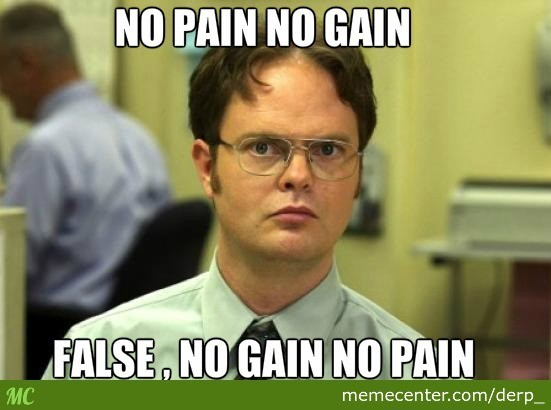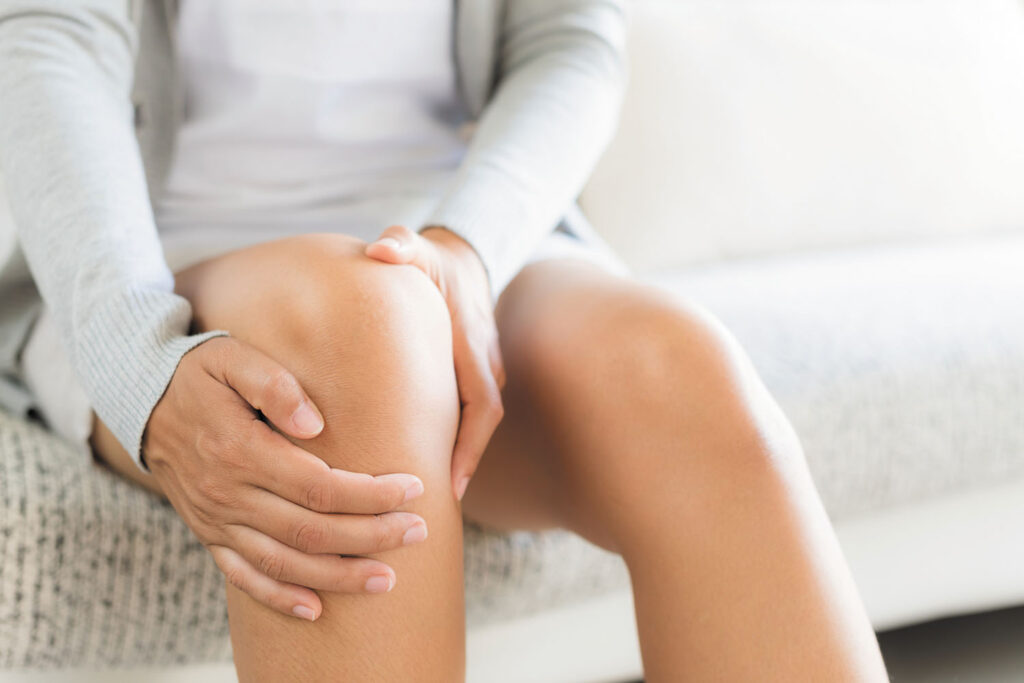For some people, knee pain is just an occasional annoyance. It’s just one of the many things that they can manage to shrug off and move on with their day. For others, knee pain can be life-altering. It is a big deal if a female executive can no longer wear high heels because they hurt her knees. It is equally discouraging for people who can’t sit through an entire movie without having to stand up and walk around to relieve the pain and pressure they feel. What about the person who has been trying to get healthier by going for daily walks but they just can’t do it because their knees won’t let them? These are just a few examples of ways in which knee pain can have a dramatic effect on the lives of those who suffer from it. So if you’re reading this and nodding your head in agreement, what can you do? If you do a simple internet search, you’ll find all types of advice for people suffering from knee pain including medications, injections, braces, exercise, and alternative medicine. Which of those will actually work for you? Let’s see what research has to say about that!

Let’s start off by acknowledging that not all knee pain is created equally. In other words, based on the actual pain generator (i.e. meniscii, articular cartilage, muscle, tendon, bone, etc.), the symptoms associated with an individual’s knee pain can be highly variable (clicking, popping, locking, aching, throbbing, burning, shooting, etc.). However, believe it or not, the approach to managing knee pain does not depend on the tissue that is the source of the problem! In fact, there is one particular treatment that is strongly supported by research regardless of all other factors: a structured and supervised exercise program (Skou et al, 2018). I’m not talking about grabbing a step aerobics DVD from the bargain bin or searching for “knee exercises” on YouTube. Although those things may be helpful to some people, they may be harmful for others. So how do you know what is safe or appropriate for your situation?
Here are a few tips:
- Mobility problems need to be addressed before beginning strength training. If you are lacking mobility in your knees, ankles, hips, or spine, this can have a dramatic effect on how your knee will be able to tolerate exercise. Once movement is optimized, then strength training can be safely initiated.
- Exercises should not just focus on strengthening the muscles around the knee. Exercises that incorporate the muscles of hip, lower back, and trunk (or “core”) are all beneficial for individuals with knee pain (Ferber et al, 2015).
- It is acceptable to experience some mild pain during exercise, particularly if you have been dealing with severe pain that has lasted more than a few months. However, this pain should not last any longer than a few hours after activity. If you are experiencing increased pain for hours and days after trying some type of exercise, you should look to decrease the intensity or the duration of future exercise until your body can handle that type of activity.
Exercise is beneficial for all people, but not all forms of exercise are beneficial for all people. In other words, running is great for some people, but is counterproductive for others. If you are unsure about what activities are appropriate for you, we would be glad to have a conversation with you where we can discuss your specific situation and goals.

If you have any questions or would like to discuss your situation with a board-certified orthopedic specialist, simply fill out the contact form below and we’ll connect with you and help you figure out what your next step should be!



